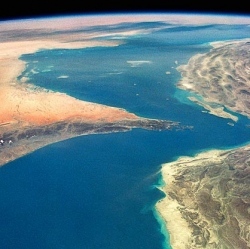
There are some 100 million other places in the Milky Way galaxy that could support life above the microbial level, reports a group of astronomers in the journal Challenges (open access), based on a new computation method to examine data from planets orbiting other stars in the universe. “This study does not indicate that complex life exists on that many planets".
"We’re saying that there are planetary conditions that could support it, according to the paper’s authors*. “Complex life doesn’t mean intelligent life, though it doesn’t rule it out or even animal life, but simply that organisms larger and more complex than microbes could exist in a number of different forms,” the researchers explain.
The scientists surveyed more than 1,000 planets and used a formula that considers planet density, temperature, substrate (liquid, solid or gas), chemistry, distance from its central star and age. From this information, they developed and computed the Biological Complexity Index (BCI).
The BCI calculation revealed that 1 to 2 percent of the planets showed a BCI rating higher than Europa, a moon of Jupiter thought to have a subsurface global ocean that may harbor forms of life. With about 10 billion stars in the Milky Way galaxy, the BCI yields 100 million plausible planets.
The authors cite one study that suggests that “some exoplanets may be more optimally suited for life than Earth. … Such ‘superhabitable’ worlds would likely be larger, warmer, and older, orbiting dwarf stars.”
“It seems highly unlikely that we are alone,” say the researchers. “We are likely so far away from life at our level of complexity that a meeting with such alien forms might be improbable for the foreseeable future.”
